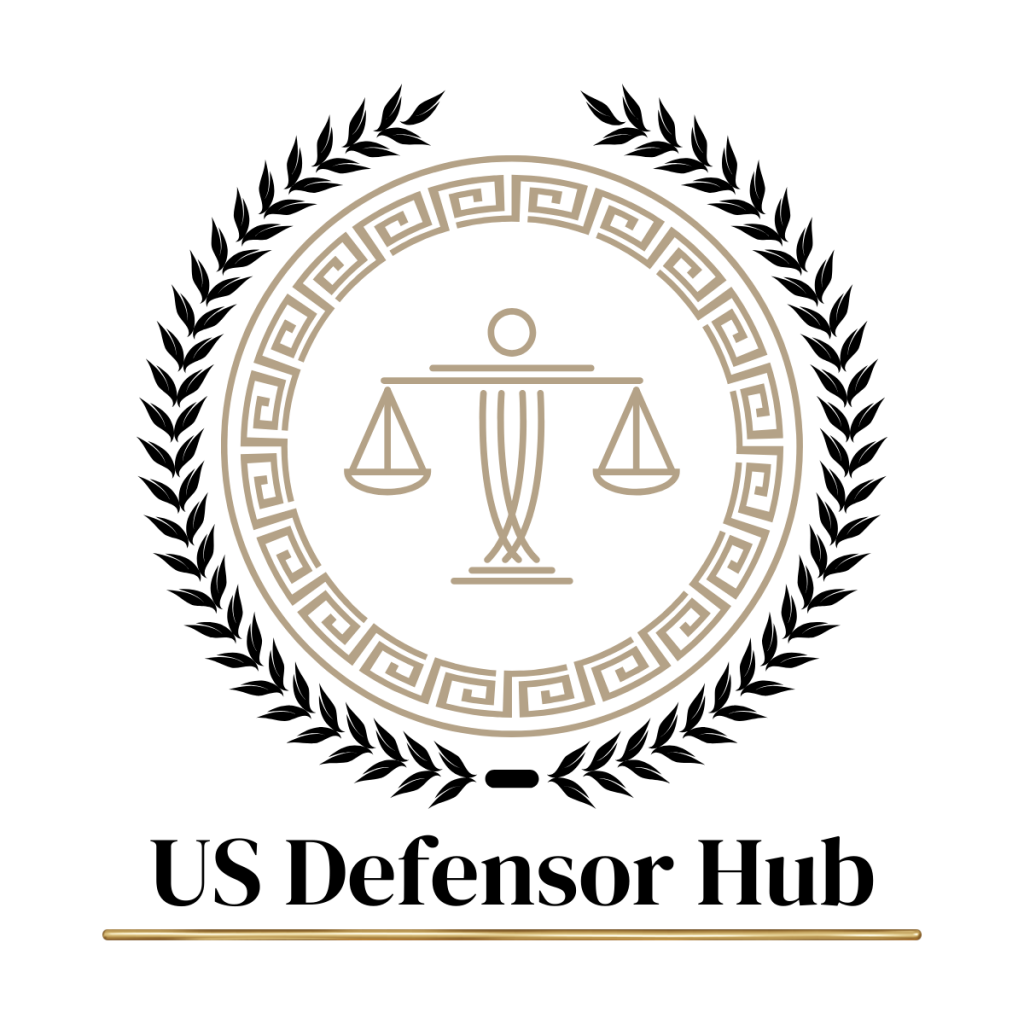Workplace conflicts can be challenging to navigate, but having a clear understanding of your rights and protections can help you respond confidently and effectively. Whether it’s a concern about unfair treatment, discrimination, or job dismissal, knowing what steps to take is key to resolving issues in a professional environment. This guide outlines key areas of employee protection and offers practical advice on how to address common workplace disputes.
Protection from Discrimination and Harassment
Discrimination at work may occur when someone is treated unfairly due to characteristics like race, gender, age, religion, or disability. Harassment, which often stems from discriminatory behavior, involves unwelcome conduct that creates a hostile or uncomfortable work environment. Employees are generally protected by anti-discrimination rules and workplace standards that promote fairness and respect. If you encounter this type of mistreatment, document the incidents with specific details (dates, times, people involved), report concerns to human resources or the appropriate internal department, and review employee handbooks and company policies to understand internal complaint procedures.
Understanding Workplace Policies and Fair Treatment
Many organizations have established policies that outline expectations regarding safety, wages, work hours, and performance evaluations. If you feel workplace rules are being ignored or misapplied, it’s helpful to review your employee handbook or policy manual. Keep records of any concerns, ask questions to clarify expectations, and raise issues through the appropriate internal channels. A clear understanding of your company’s standards can help you communicate more effectively when problems arise.
Wrongful Termination and Job Security
Job dismissal may feel unfair, especially if it seems connected to discrimination, retaliation, or a violation of workplace rules. Understanding what’s covered in your employment agreement or company policy can help you evaluate whether your termination followed proper procedures. If you suspect that your dismissal didn’t align with your company’s stated practices, gather documentation such as emails, performance reviews, or written warnings that may clarify the situation.
Steps to Take When Facing a Workplace Dispute
When dealing with workplace issues, a step-by-step approach can lead to more effective outcomes. Begin by recording key details—dates, actions taken, individuals involved, and communication exchanged. Review your organization’s policies to understand how workplace concerns are typically addressed. When possible, try to resolve the matter by speaking with a manager or HR representative. If that doesn’t lead to a solution, you may consider structured conflict-resolution methods such as mediation through your employer or a neutral third party.
Staying Informed Empowers You
Understanding your workplace rights helps you take informed action when challenges arise. This guide is designed to offer practical information and support as you navigate issues in a professional setting. By staying informed, you can respond to workplace concerns with clarity and confidence.

